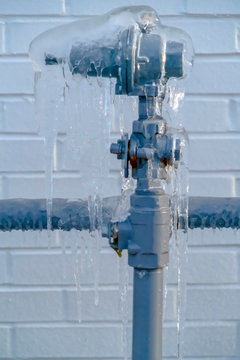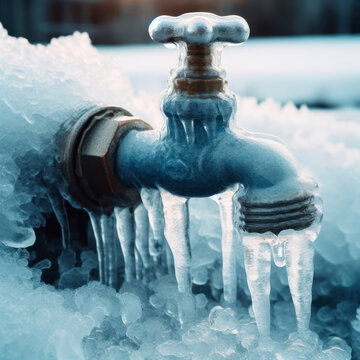Crucial Advice to Protect Against Frozen Plumbing in Cold Weather
Crucial Advice to Protect Against Frozen Plumbing in Cold Weather
Blog Article
What are your thoughts concerning How To Avoid Freezing Pipes?

Cold weather can damage your pipes, specifically by freezing pipes. Here's how to prevent it from occurring and what to do if it does.
Introduction
As temperature levels decline, the risk of icy pipes boosts, possibly causing pricey repair work and water damages. Understanding exactly how to avoid frozen pipes is vital for house owners in cool climates.
Understanding Icy Pipelines
What creates pipelines to freeze?
Pipelines freeze when revealed to temperature levels below 32 ° F (0 ° C) for prolonged durations. As water inside the pipes freezes, it broadens, taxing the pipeline walls and potentially triggering them to break.
Threats and damages
Icy pipelines can cause supply of water disruptions, property damage, and costly fixings. Ruptured pipelines can flooding homes and trigger comprehensive architectural damage.
Indications of Frozen Water Lines
Recognizing icy pipelines early can stop them from rupturing.
How to recognize icy pipes
Seek reduced water circulation from faucets, uncommon odors or sounds from pipes, and noticeable frost on subjected pipelines.
Prevention Tips
Protecting vulnerable pipes
Cover pipelines in insulation sleeves or use warm tape to shield them from freezing temperatures. Focus on pipelines in unheated or external areas of the home.
Heating methods
Maintain indoor areas appropriately heated, particularly locations with plumbing. Open cabinet doors to permit warm air to flow around pipes under sinks.
Securing Outdoor Pipes
Yard hose pipes and outside taps
Disconnect and drain garden hoses prior to wintertime. Mount frost-proof faucets or cover exterior taps with protected caps.
What to Do If Your Pipelines Freeze
Immediate activities to take
If you believe icy pipelines, keep faucets open up to alleviate pressure as the ice melts. Utilize a hairdryer or towels soaked in hot water to thaw pipelines gradually.
Long-Term Solutions
Structural adjustments
Consider rerouting pipes far from outside wall surfaces or unheated areas. Include added insulation to attics, cellars, and crawl spaces.
Updating insulation
Invest in high-grade insulation for pipelines, attic rooms, and wall surfaces. Correct insulation helps keep constant temperature levels and minimizes the threat of frozen pipelines.
Verdict
Protecting against frozen pipelines requires proactive steps and quick actions. By recognizing the reasons, signs, and preventive measures, property owners can safeguard their plumbing during cold weather.
5 Ways to Prevent Frozen Pipes
Drain Outdoor Faucets and Disconnect Hoses
First, close the shut-off valve that controls the flow of water in the pipe to your outdoor faucet. Then, head outside to disconnect and drain your hose and open the outdoor faucet to allow the water to completely drain out of the line. Turn off the faucet when done. Finally, head back to the shut-off valve and drain the remaining water inside the pipe into a bucket or container. Additionally, if you have a home irrigation system, you should consider hiring an expert to clear the system of water each year.
Insulate Pipes
One of the best and most cost-effective methods for preventing frozen water pipes is to wrap your pipes with insulation. This is especially important for areas in your home that aren’t exposed to heat, such as an attic. We suggest using foam sleeves, which can typically be found at your local hardware store.
Keep Heat Running at 65
Your pipes are located inside your walls, and the temperature there is much colder than the rest of the house. To prevent your pipes from freezing, The Insurance Information Institute suggests that you keep your home heated to at least 65 degrees, even when traveling. You may want to invest in smart devices that can keep an eye on the temperature in your home while you’re away.
Leave Water Dripping
Moving water — even a small trickle — can prevent ice from forming inside your pipes. When freezing temps are imminent, start a drip of water from all faucets that serve exposed pipes. Leaving a few faucets running will also help relieve pressure inside the pipes and help prevent a rupture if the water inside freezes.
Open Cupboard Doors
Warm your kitchen and bathroom pipes by opening cupboards and vanities. You should also leave your interior doors ajar to help warm air circulate evenly throughout your home.

Do you enjoy more info about How To Avoid Freezing Pipes? Create feedback directly below. We would be happy to listen to your views about this entry. Hoping that you visit us again before long. If you appreciated our blog entry please remember to pass it around. Thank you for taking the time to read it.
Call Today Report this page